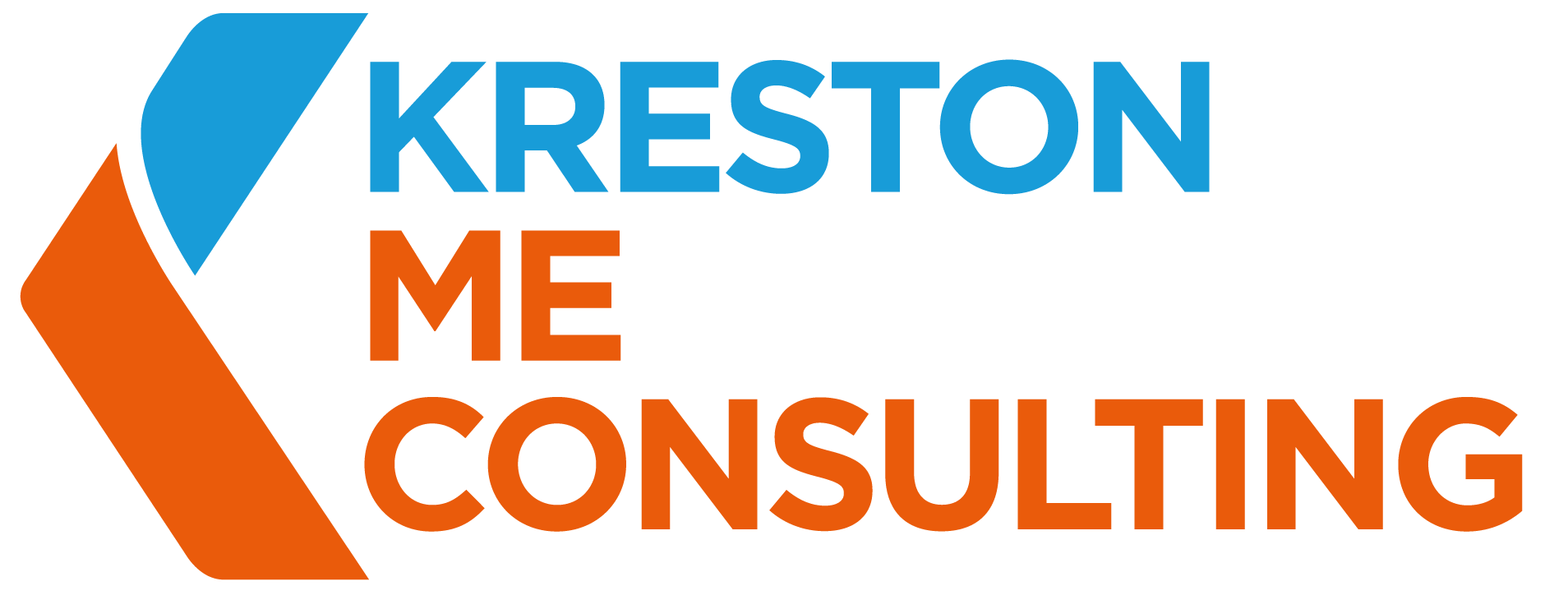Intangible Asset Valuation
Unlocking the Value of Intangible Assets
Intangible asset valuation is the cornerstone of financial accuracy and strategic decision-making. In today’s knowledge-driven economy, the value of intangible assets like patents, trademarks, and brand reputation is undeniable. Accurate valuation is not only essential for financial reporting but also for strategic planning, acquisitions, and securing financing.
Why is Intangible Asset Valuation Important?
Intangible asset valuation is important for several reasons:
Strategic Decision-Making
Valuing intangible assets provides organizations with insights to make strategic decisions regarding acquisitions, divestitures, mergers, and partnerships. It helps assess the potential value and risks associated with such transactions.
Financial Reporting
Accurate valuation of intangible assets is crucial for financial reporting purposes. It ensures compliance with accounting standards and provides reliable information to stakeholders, investors, and regulatory authorities.
Investment and Financing
Valuing intangible assets aids in attracting investors, securing financing, and determining the fair value of shares or ownership stakes. It enhances credibility and transparency in investment transactions.
License and Royalty Agreements
Valuation of intangible assets plays a key role in determining fair royalty rates, licensing fees, and the economic value of licensing or franchise agreements.
